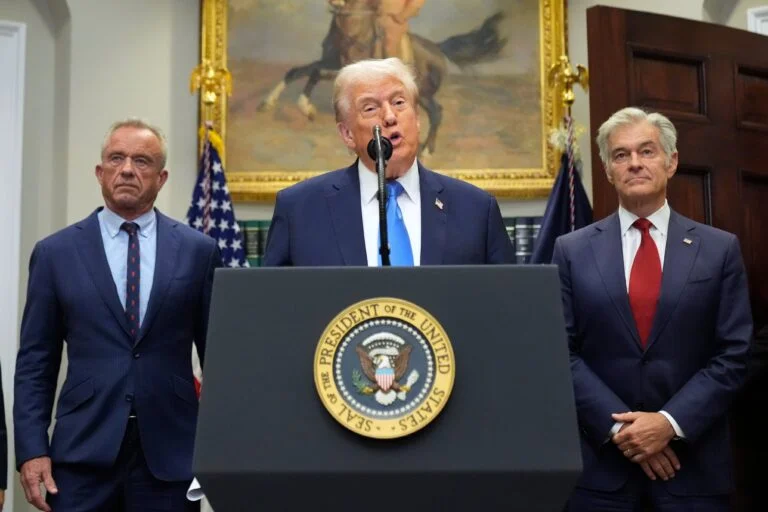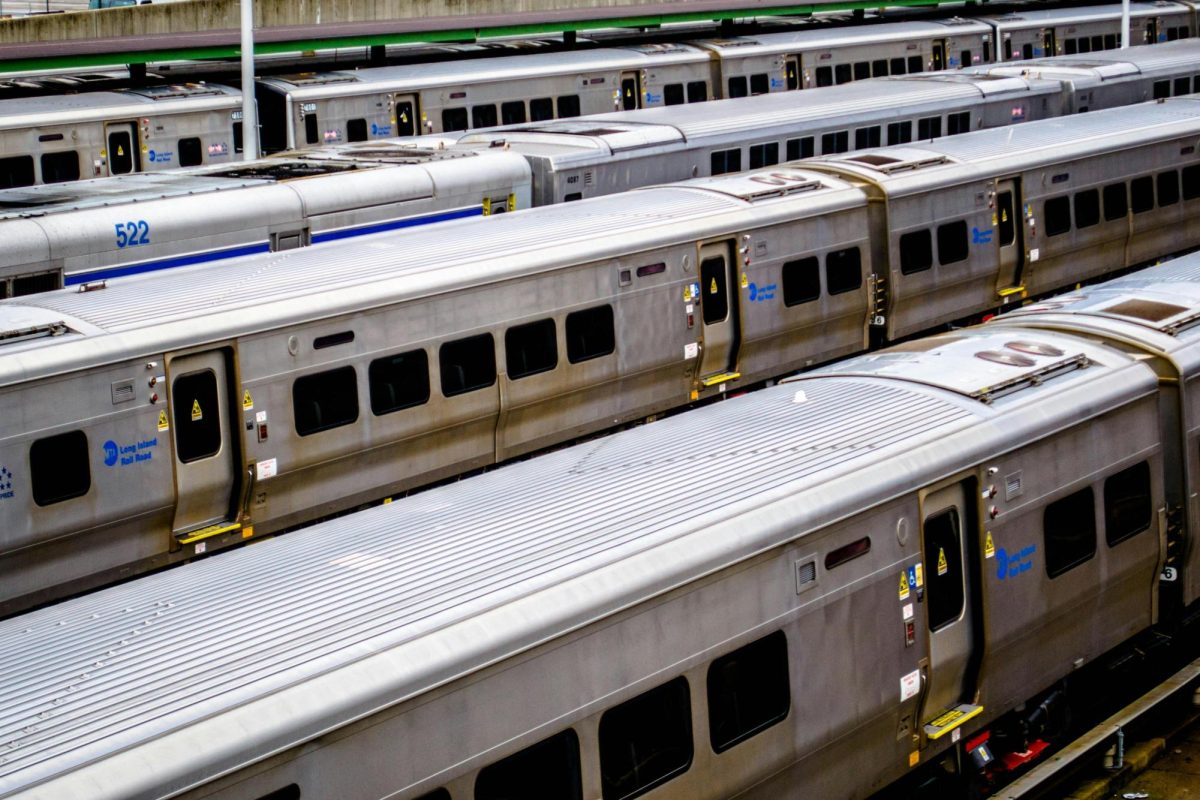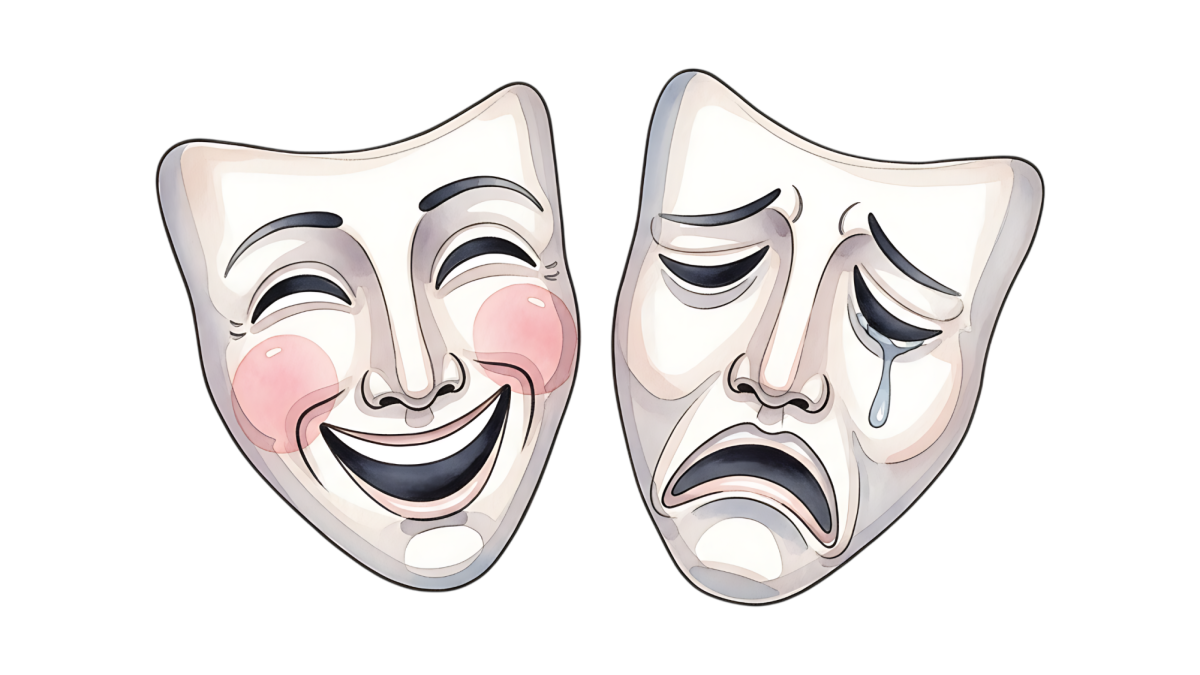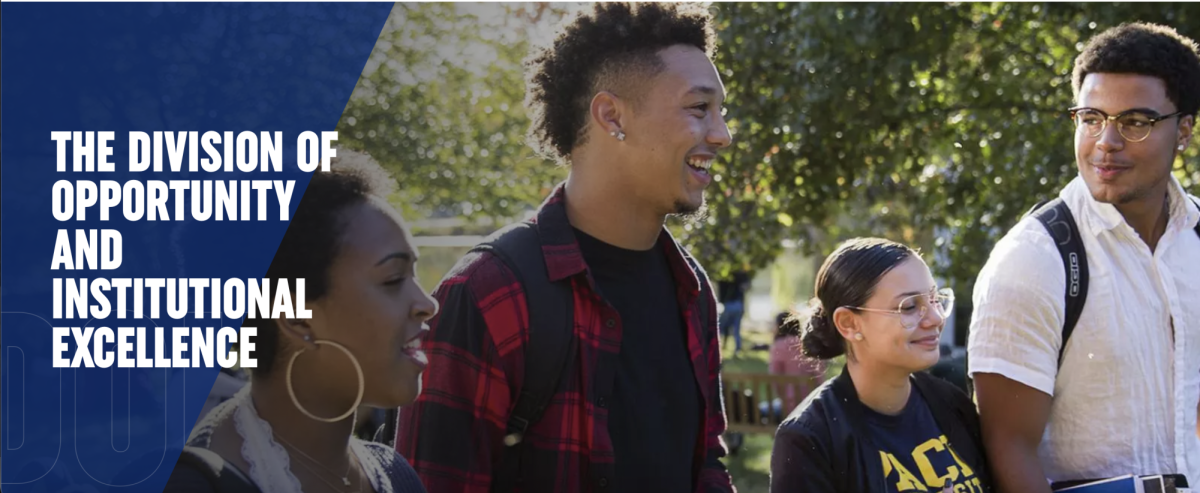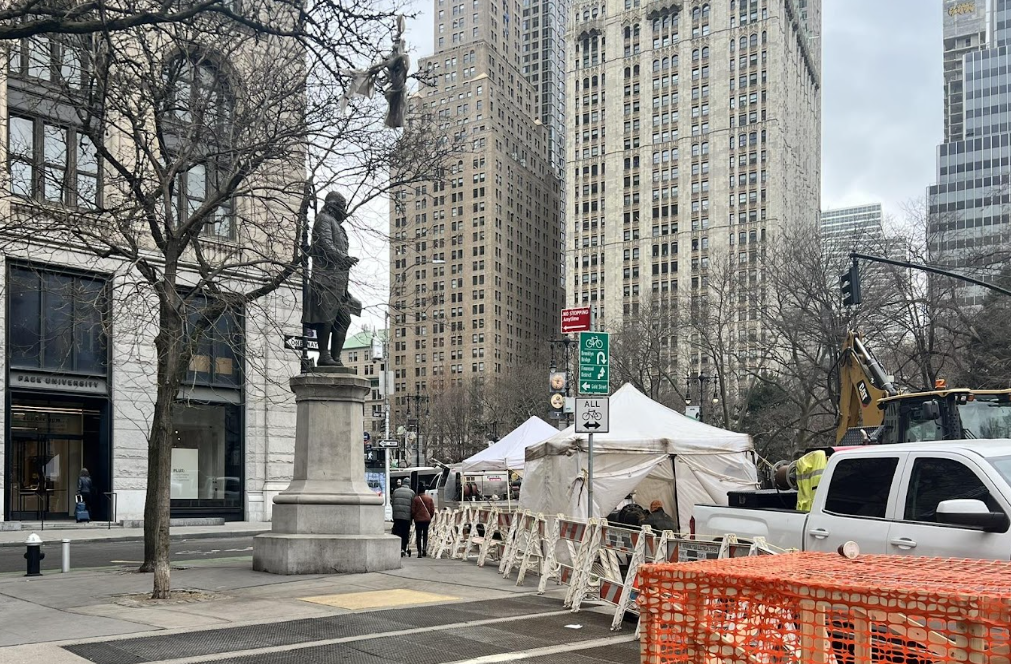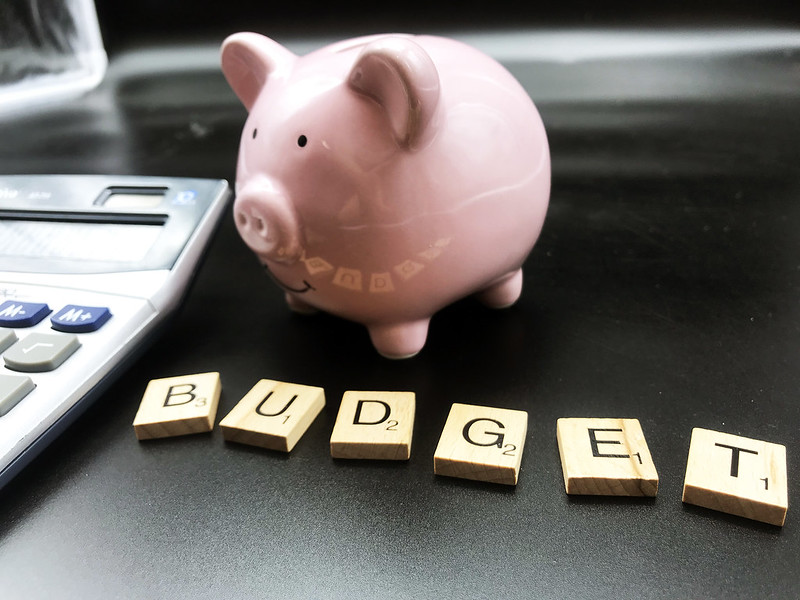On Wednesday, July 31, members of Congress voted 392 to 31 to lower rates for undergraduates taking out government loans this academic year. The cost was lowered to 3.86 percent, a rate far less expensive than the 6.8 percent interest rate that was put into place July 1, after congress failed to reach an agreement. An estimated 7.4 million students were brutally impacted by the inaction. With the latest deal, however, the new rates would be retroactive and apply to loans taken out past July 1. That said, the deal is, still an increase from last year’s rates.
The bill was passed in the Senate last week, and will now be sent along to President Obama for his signature, allowing the new practice to be put into law.
Obama pressured Congress on the issue just months earlier, saying, “Higher education cannot be a luxury for a privileged few.”
Obama also noted that he and First Lady Michelle Obama had just finished paying off their own student loans nine years ago, and only recently began saving for the college funds of their daughters.
Having already voiced his support of the new bill, Obama expected to sign shortly.
While there has also been significant praise for the bipartisan efforts that went into passing the bill, there are still a few remaining disagreements. House Republican leaders have agreed that this is a long-term solution, while many Democrats have said this plan will likely need to be tweaked in the near future.
The adjusted student loan rates would be attached to the interest rate on money borrowed by the federal government, which is predicted to rise as the economy is revitalized.
Additionally, as a condition of signing their support in favor of the bill, democrats demanded a set of caps that would ensure that the rate does not exceed 8.25 percent for undergraduates, 9.5 percent for graduate students, and 10.5 percent for parents.
All is not entirely smooth-sailing going forward, however, as rates are expected to rise in the coming years. Under the new legislation, a high school senior who takes out college loans in 2017 would experience interest rates as high as 7 percent, which exceeds current law. Additionally, graduate students would pay more in interest than is set by existing law in 2015.
Nevertheless, senators from both political parties said the new deal would help all students this year—which includes those receiving both subsidized unsubsidized Stafford loans.
According to the Congressional Budget Office, unsubsidized loans—which are awarded to students based on financial need—make up approximately 26 percent of all college loans made by the government.
Many more government loans, however, are unsubsidized and were lent to graduate students already paying 6.8 percent interest rates, whose rates were unchanged on July 1.
The White House and its partners stated the new loan structure would offer less costly rates to 11 million borrowers immediately and save the average undergraduate student $1,500 in interest charges.
According to Forbes, the average graduate’s student loan debt was $27,253 in 2012–a 58 percent increase since 2005 when it was $17,233.

